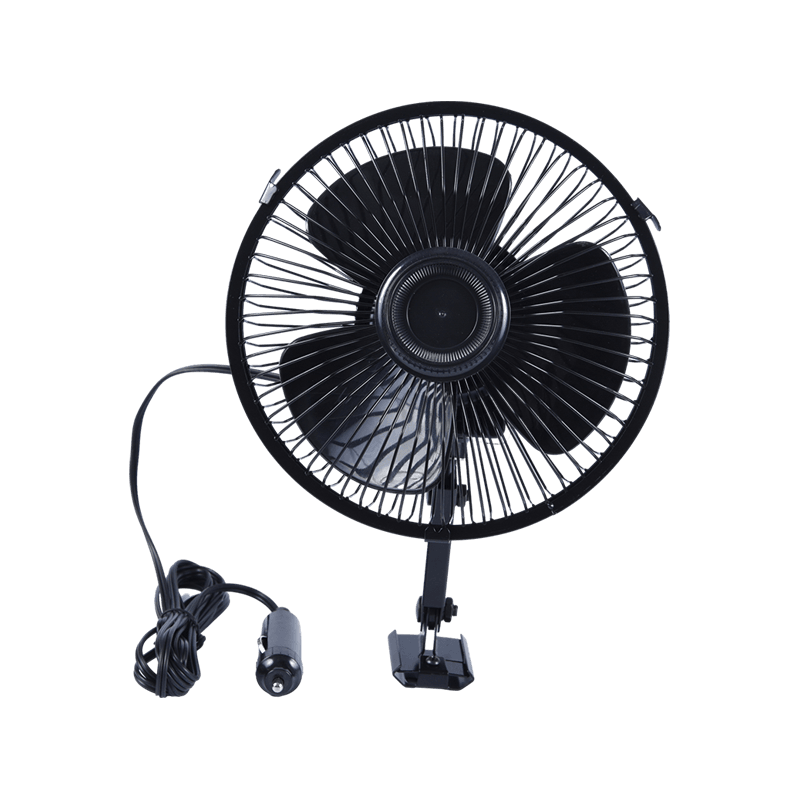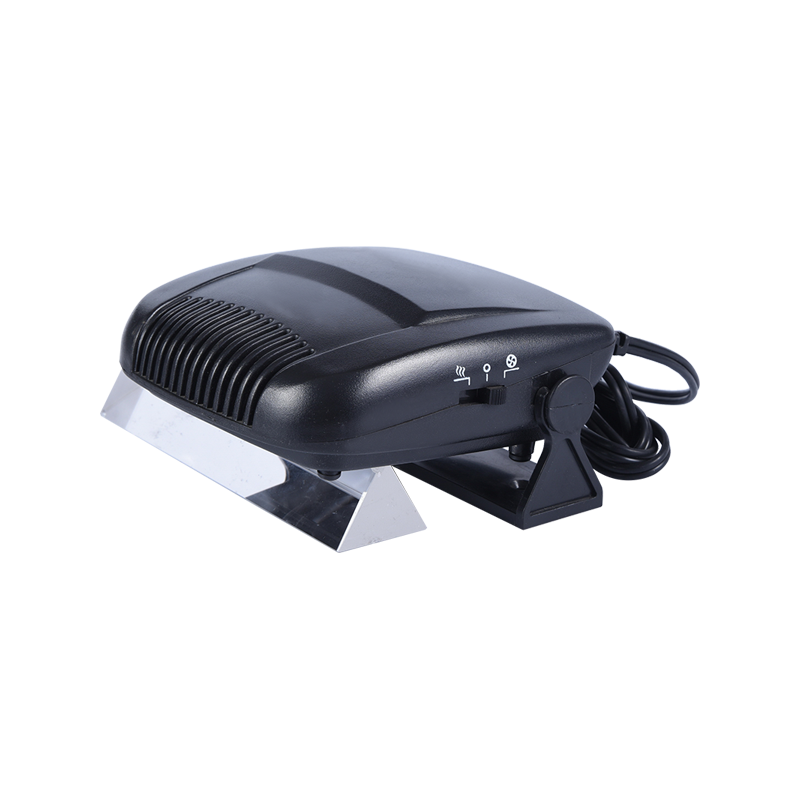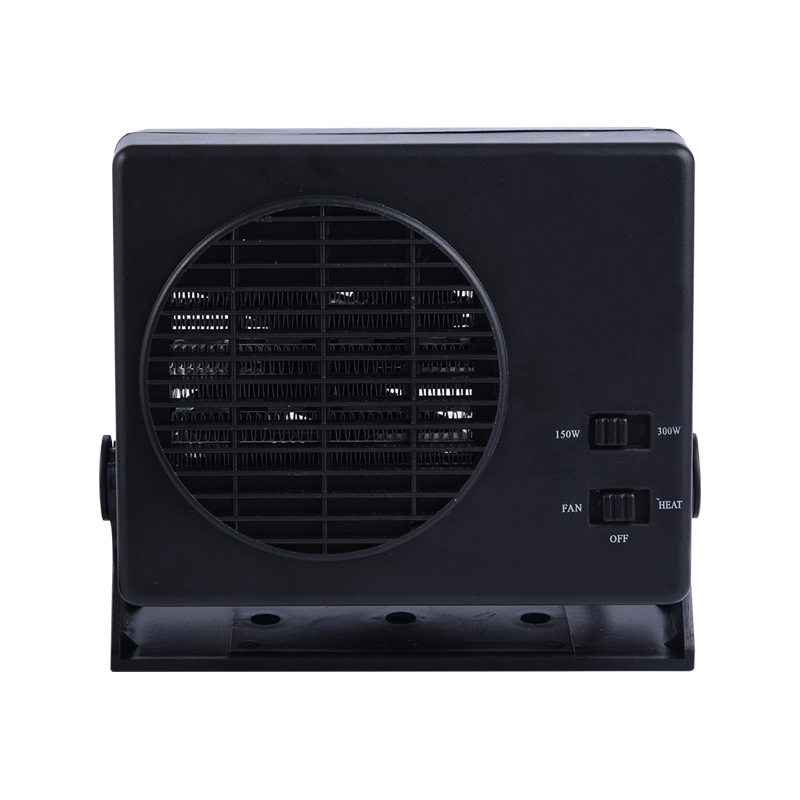As frost coats windshields and temperatures plummet, the immediate comfort of a car heater becomes non-negotiable for drivers. But a common question arises: does cranking up the heat come at a steep cost in fuel economy? The answer, like winter itself, has nuances.
The Core Mechanism: Harnessing Waste Heat
Unlike your car's air conditioning (A/C) system, which requires significant energy from the engine to run a compressor and cool the air, the car heater operates on a fundamentally different principle. It primarily utilizes waste heat generated by the engine during normal operation.
Here's how it works:
Engine Heat: As the engine burns fuel to power the car, it generates substantial heat as a byproduct.
Coolant Loop: Engine coolant circulates through the engine block, absorbing this excess heat.
Heater Core: A small radiator, called the heater core, is located inside the dashboard. Hot coolant flows through it.
Fan Power: When you turn on the car heater, a fan blows air from the cabin across the hot heater core. This air is warmed and then directed through the vents.
Minimal Direct Fuel Cost: Crucially, the process of heating the air itself consumes almost no extra fuel. The heat was being generated anyway as part of the engine's combustion process. The only additional energy required is a small amount of electricity to run the fan blowing the air. This electrical load is negligible compared to the engine's overall fuel consumption.
The Indirect Impact: Warming Up is the Real Culprit
While the car heater itself is remarkably efficient, the act of getting the heater to produce warm air does impact fuel efficiency indirectly, primarily through engine warm-up time:
Cold Starts and Warm-Up: A cold engine operates less efficiently. Engine oil is thicker, internal friction is higher, and the engine management system runs a richer fuel mixture (more fuel, less air) to ensure smooth operation until reaching optimal temperature. This period of sub-optimal efficiency uses more fuel per mile.
Heater Delay: The car heater relies on hot coolant. Until the engine itself warms up (which takes longer in very cold weather), the heater core won't be hot enough to provide significant warmth. Drivers often let the car idle longer to get heat faster, exacerbating fuel waste.
Idling for Warmth: Extended idling solely to warm the cabin before driving is a major fuel efficiency killer. Modern engines warm up significantly faster under light load (i.e., driving gently) than idling. Idling burns fuel while achieving zero miles per gallon.
Other Winter Factors Affecting Efficiency
It's vital to understand that reduced winter fuel efficiency stems from multiple factors beyond the car heater:
Increased Rolling Resistance: Cold, stiff tires have higher rolling resistance.
Thicker Fluids: Cold engine oil and transmission fluid increase internal friction.
Aerodynamic Drag: Cold air is denser, increasing aerodynamic drag.
Battery Strain & Accessories: Increased use of lights, defrosters (which often engage the A/C compressor to dehumidify air, even when heating), and heated seats/wheel/mirrors adds electrical load, which the alternator compensates for by placing a slight additional load on the engine.
Winter Fuel Blends: Some regions use gasoline blends in winter that have slightly lower energy content.
The Verdict: Heat Smartly, Drive Efficiently
The car heater itself is one of the most fuel-efficient ways to warm your car's cabin. Its direct impact on fuel consumption is minimal. The primary fuel efficiency hit in winter comes from:
The engine's cold-start warm-up period.
Extended idling to generate cabin heat.
The cumulative effects of cold weather on the vehicle (tires, fluids, drag, accessories).
Tips for Maximizing Winter Efficiency:
Minimize Idling: Drive gently after starting to warm the engine faster. Use a block heater if available in extreme cold to pre-warm the engine coolant.
Precondition Smartly: If you have a plug-in hybrid or electric vehicle, use its scheduled cabin heating while still plugged in to conserve battery charge.
Use Seat/Steering Wheel Heaters Sparingly: These use significant electricity; rely primarily on the efficient car heater once the engine is warm.
Ensure Proper Tire Pressure: Check pressure regularly as it drops in cold weather. Underinflated tires increase rolling resistance significantly.
Combine Trips: Avoid multiple short trips where the engine never fully warms up.
Don't shiver in the name of fuel economy. Using your car heater once the engine is warm is an efficient way to stay comfortable. The real fuel savings in winter come from minimizing warm-up idling, driving efficiently during the engine's initial cold phase, and addressing the broader impacts of cold weather on your vehicle. Focus on these areas to navigate winter roads more economically.


 English
English Português
Português عربى
عربى 中文简体
中文简体











